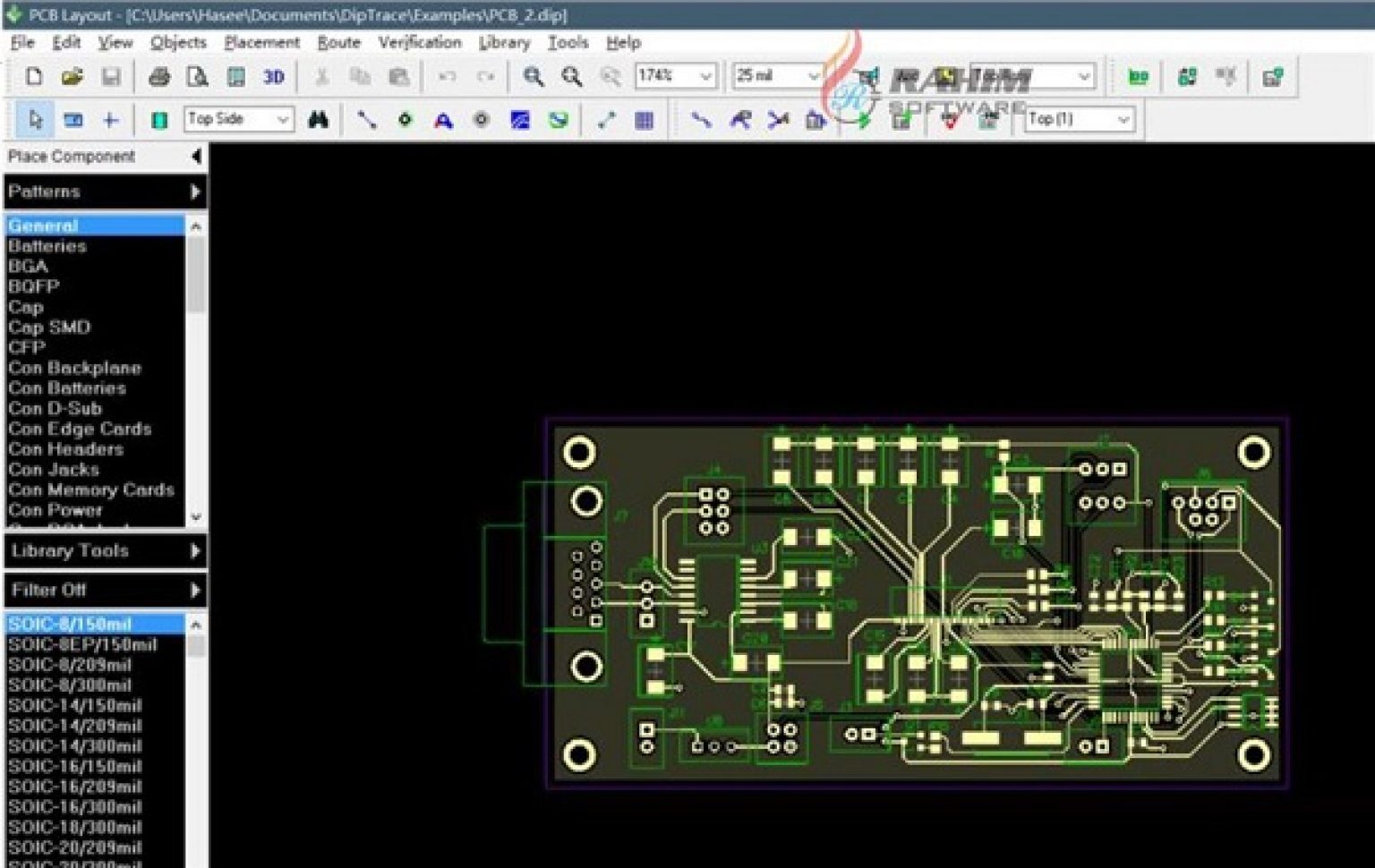

It runs on all major OS devices and does not require a very high-end PC, but since it is not online, you can only work on devices where you have installed the program. On the other hand, KiCAD is a software package that has to be downloaded on your computer to be used, and the standard version is about 1GB in size. There is also no limit on the number of files you can work on, online. This way, even if you must change your workstation, you can still access those files for reference to the design or anything else. So, you can access it from any system just by signing into the website, and you can work from multiple devices with all your progress saved online.ĮasyEDA also allows you to store your files on the cloud. Meaning, it can be accessed through your regular browser, and it opens instantly. This is a major difference between the two programs. In this section, we have described the 8 main differences between EasyEDA Vs KiCad. x = element_text(angle= 45, vjust= 1, hjust= 1))ĭepending on the angle you rotate the labels, you may need to adjust the vjust and hjust values to ensure that the labels are close enough to the plot.4 So, Which One Should You Pick? (CONCLUSION) Major Differences Between EasyEDA Vs KiCadĪlthough there are some common features between the two, a designer will find that the workflow in both can be very different, even due to minor differences in navigation, library arrangement, placement of tools in the user interface and other such things. Or we can use the following code to rotate the x-axis labels 45 degrees: library(ggplot2) #create bar plot with axis labels rotated 90 degrees We can use the following code to rotate the x-axis labels 90 degrees: library(ggplot2)

Step 3: Rotate the Axis Labels of the Plot Next, let’s create a bar plot to visualize the points scored by each team: library(ggplot2) frame(team=c('The Amazing Amazon Anteaters', Step 1: Create the Data Frameįirst, let’s create a simple data frame: #create data frameĭf = data.

The following step-by-step example shows how to use this syntax in practice. The angle controls the angle of the text while vjust and hjust control the vertical and horizontal justification of the text. x = element_text(angle = 45, vjust = 1, hjust= 1)) You can use the following syntax to rotate axis labels in a ggplot2 plot: p + theme(axis.


 0 kommentar(er)
0 kommentar(er)
